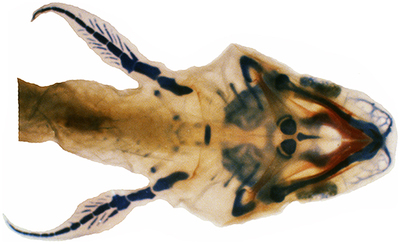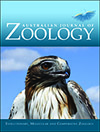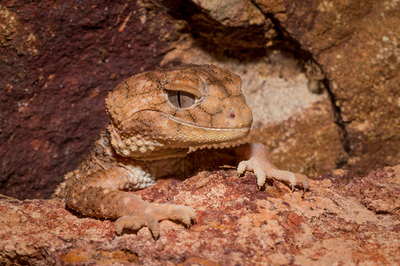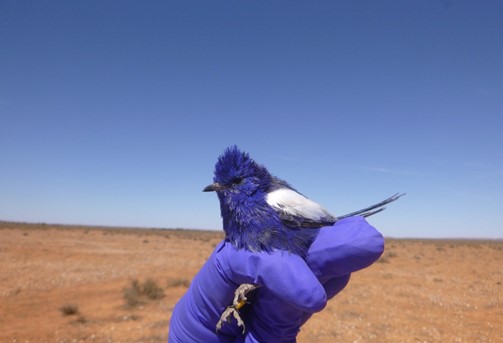Australian Journal of Zoology
Volume 69
Number 6 2021
The Australian lungfish, Neoceratodus forsteri, belongs to an ancient group of fish, and is not close to the evolution of land animals, which appeared while lungfish were still living in the sea. Bone formation is not based on endochondral ossification of cartilage, as in mammalian long bones, and the paired fins have no bone, and no fingers or toes. Photograph by Anne Kemp.
An assessment of mitochondrial diversity in geckos of the Nephrurus asper group reveals Plio–Pleistocene vicariance of isolated populations spanning the deserts and savannahs of northern Australia. The spread and expansion of sandy deserts, stony deserts and blacksoil grasslands is hypothesised to be the process that isolated these populations. A genetically divergent lineage from rocky habitats in arid western Queensland is described as a new species. Photograph by Angus Emmott.
The relative effects of locust control applications on Australian insectivorous birds are unknown. Aerial applications of fipronil and fenitrothion were applied during dry conditions. The body condition and biomarkers of exposure in white-winged fairy wrens suggested no negative impacts of pesticides. However, birds monitored at treatment sites gained mass, possibly due to impacts of pesticides on bird feeding patterns or the availability of insect prey. Future research should monitor insect populations, bird feeding behaviour and the interaction of rainfall events. Photograph by Kimberly Maute.








